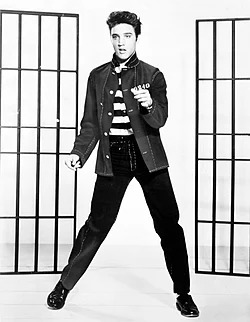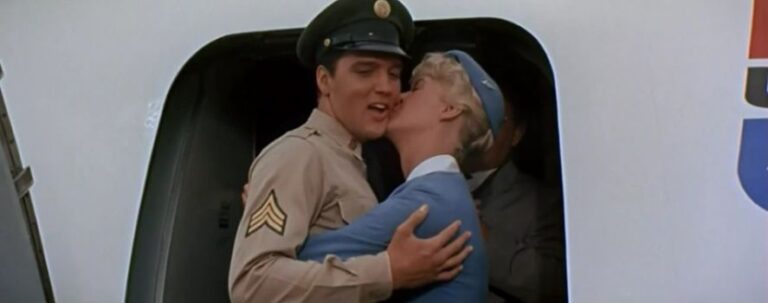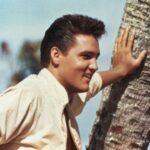THE ELVIS TOUR “FIRST PART”
The logistics for an Elvis tour were impressive for the time. In essence, what Elvis and Colonel Parker accomplished was to bring the entire two-hour Vegas show to the road.
The show was put together in its entirety. From the opening vocal numbers, the comedians… to an orchestra that ranged from 12-20 members! They also brought their own lighting and sound system with them. There was usually at least one concert, and sometimes two, on each day of the tour. And usually each day brought a different city, with which all the infrastructure had to be dismantled in one place to be immediately set up in the next city.
At first, the technicians arrived at the event site at dawn, but over time, they knew their work so well that they could put together a complicated scenario in a matter of a couple of hours.
Local stadium managers agreed that bookings for an Elvis tour were different from those for any other artist. The first indication that something was “cooking” was a call from the tour promoter (usually Concerts West or Management III), asking for a stadium availability for a date 6-8 weeks away. A reservation was made for a specific date or two, but the caller would NEVER reveal who the artist in question was. The next day, there was another long distance call from the promoter and the full schedule was confirmed.
The promoters of Elvis’ shows only worked on the basis of stadium rent, never on a percentage of ticket sales. In this way, the manager of the place, could increase his income – if he realized it with sufficient anticipation – by adding a percentage, generally between 10 and 15% on the value of the concessions, including Elvis souvenirs.
As an example, we will cite the contract for the June 1972 tour. According to the document signed on May 3, 1972, between George A. Parkhill (RCA Record Tours), Jerry Weintraub (Management III) and Colonel Parker (All Star Shows), the following items had to be paid for by the promoters of the event (Management III and RCA Record Tours):
* A minimum advertising expense of U$7500 for each show.
* All the amenities of the building, including the installation of the stage, dressing rooms and lighting.
* All local transfers
* All security
* All hotel expenses for those connected with the tour.
* All municipal permits.
* All transportation costs, including previous trading trips, shared between Management III, RCA Record Tours and the All Star Shows, which meant Parker paid only one-third of the cost. His only responsibility was the payment of the artist.
In Curtis A. Mauldin‘s article for the Auburn University Plainsman (May 30, 1974) he talks about the requirements for an Elvis show. The following instrumentation was to be provided, according to this note:
* A grand piano
* 2 timpani (25 to 28 inch model)
* 18 music stands (with lights)
* 12 stools (36 inches high)
There were also specifications for carpenters on how to build platforms and steps at a certain height.
Of all the great artists who performed at Auburn University, Elvis had the LEAST personal requirements. HE ONLY ASKED TO HAVE 10 (TEN) SODA BOTTLES IN THE BACKSTAGE!!!
* * (N. of the T.: to think that today there is every “artist” who believes that the magnitude of his talent is measured by the length of his list of demands…)
Translated and adapted by CLAUDIA LEÓN from the book “Did Elvis sing in your hometown too” by LEE COTTEN.
Information provided by Elvis Shop Argentina
https://www.facebook.com/elvis.shop.argentina
If you liked this article and this radio, we ask you to share it in order to reach more Elvis fans around the world. Thank you very much ?
TCB ?








